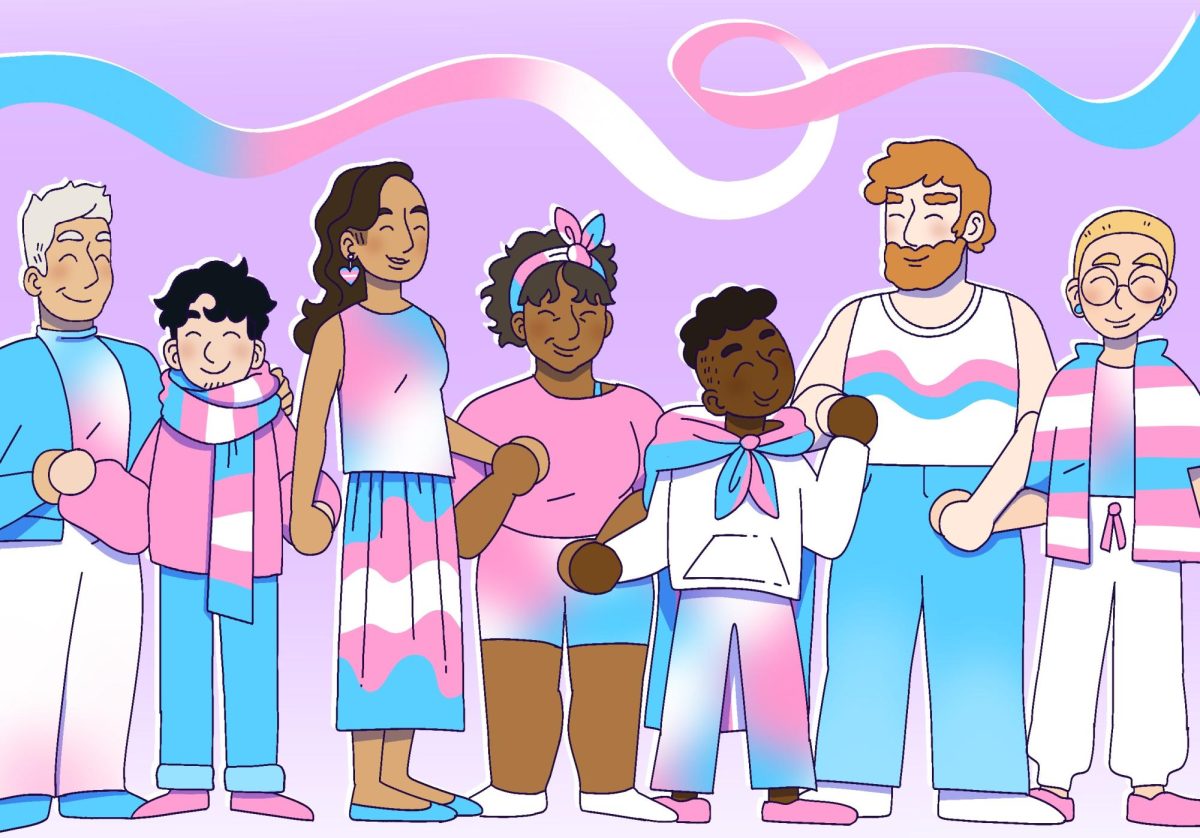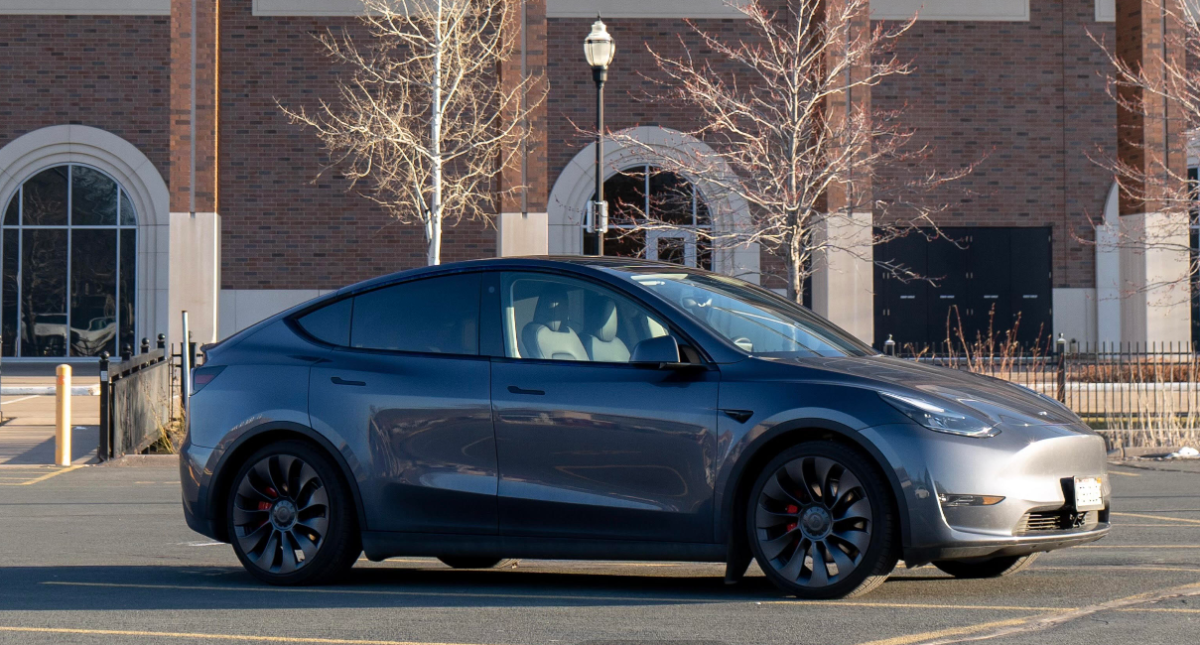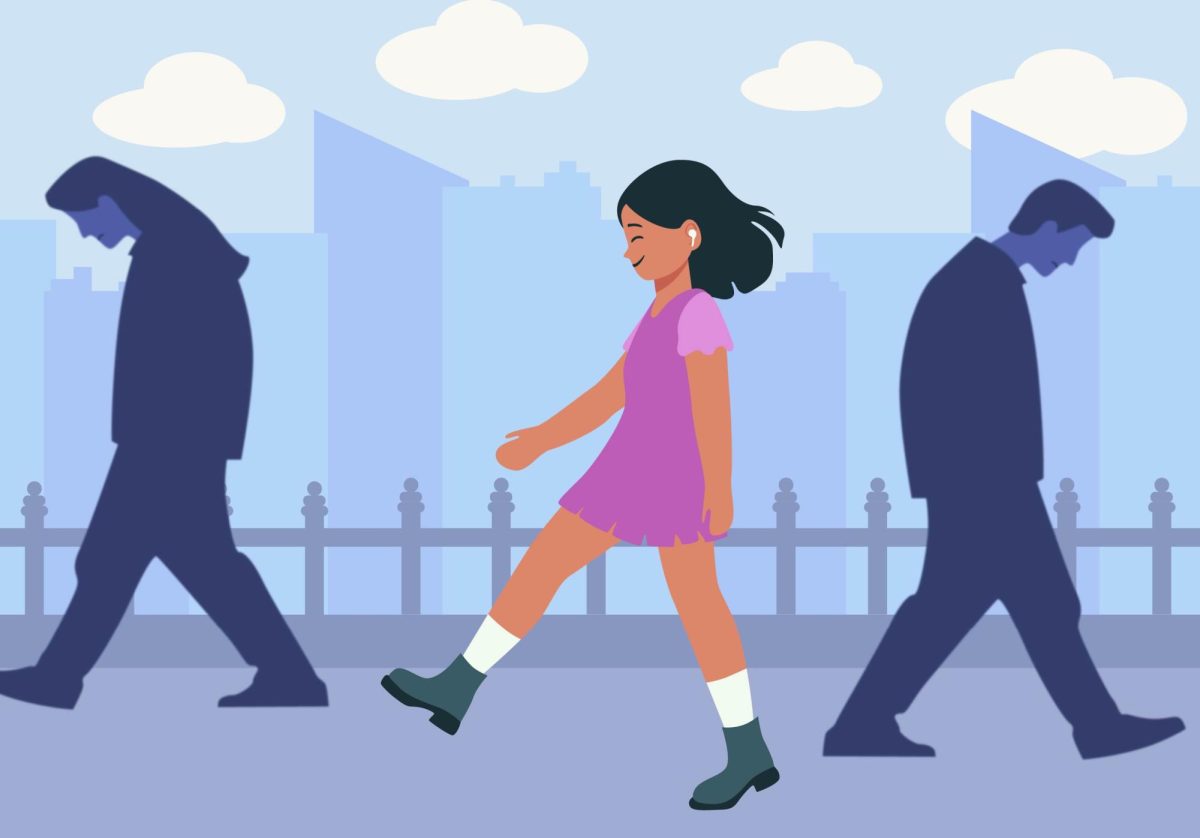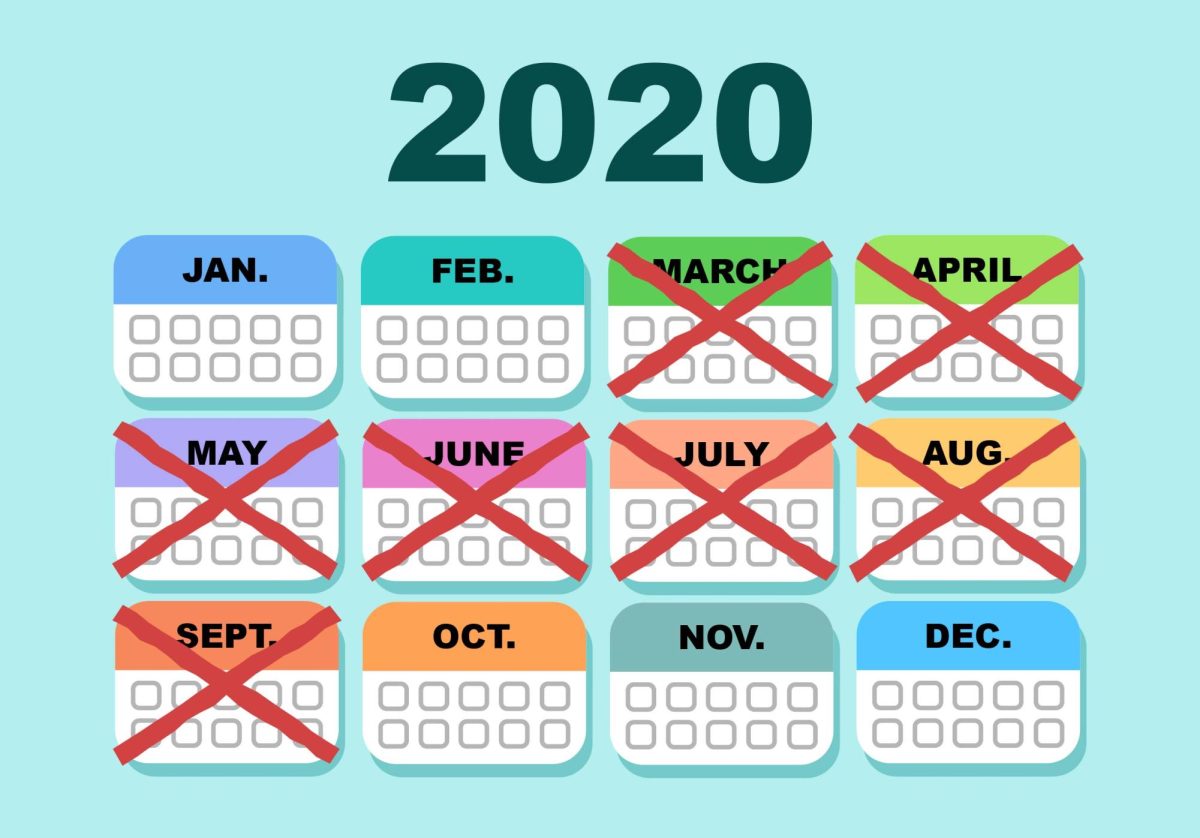Since grocery stores became my sole outlet for social interaction and let’s face it, the only reason I brush my hair anymore, I’ve begun to appreciate them more. I often skip the crowded produce section and instead meander between shelves of brightly colored cereals and peanut butter alternatives, deciding on a new binge-worthy quarantine snack. Frozen food aisles are by far my favorite because they are the ideal grounds for distanced observation. They bring all kinds of shoppers, like those looking to purchase 136 Taquitos, Eggos or, rarely, gluten-free whole grain bran muffins.
Until recently, I didn’t realize the extent of my privileged access to miles upon miles of fluorescent runways and sterilized linoleum floors. I’m a Target girl myself, but should it ever close, a Walmart, HyVee, Whole Foods, Natural Grocers and even a local food co-op are all within achievable distance. Approximately 350,000 Minnesotans do not have that luxury. Despite being a dominant national food supplier, Minnesota is ranked as the seventh most severe food desert in the United States.
Urban food deserts, as defined by the federal government, are regions where residents find themselves more than a mile away from a grocery store. As a result, those living in a food desert without reliable transportation might face food insecurity. Among those in the Twin Cities are the Near North community in Minneapolis and Dayton’s Bluff and the Greater East Side communities in St. Paul, each of which have a minority population that is 60 percent or greater.
Similar regions also struggle with the food desert’s nefarious counterpart: the food swamp. Research about food swamps is still in progress, but the basic theory is that regions with a ratio greater than four unhealthy food vendors — e.g., fast food restaurants and convenience stores — to a single grocery store will display greater levels of obesity. Preliminary data suggest that food swamps are an even better predictor of obesity than food deserts. Trends suggest that the issue isn’t a lack of grocery stores but actually an excess of fast food chains. This is important because it means we can’t solve the problem by just throwing grocery stores everywhere — we have to slow down the growth of fast food chains.
Food deserts and food swamps in Minnesota also have an economic impact. An estimate of North Minneapolis spending identified that a third of residents’ grocery dollars were spent outside the neighborhood’s local economy, rerouting its tax revenue as well.
Disrupting the cyclical nature of food inequity is much more complicated than simply introducing new grocery stores. Regional fast food caps aren’t independently sufficient, but increased health education and community distribution programs have shown promising results. In New Jersey, the “Healthy Corner Store Initiative” helps existing business owners install the infrastructure to stock fresh produce. Lincoln Park, a food desert in Duluth that received state funding in the form of the “Fair Food Access Bill,” revised its bus schedules and routes conducive to shopping needs, implemented a community garden, and offered home agriculture education programs.
Perhaps the single common trend between campaigns that were successful is community engagement. Programs that reached out to members of the community who legitimately deal with food insecurity found solutions more quickly and effectively. Bills that emphasized community involvement in forms such as farmer’s markets and community gardens also saw success. These results seem intuitive in hindsight —community, after all, is central to even the idea of food. It is a human right to have reliable access to food of high nutritional value, and to be able to share that experience with friends and family, regardless of neighborhood boundaries.














